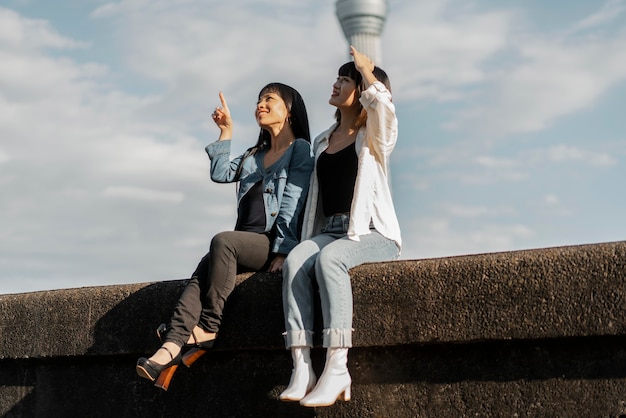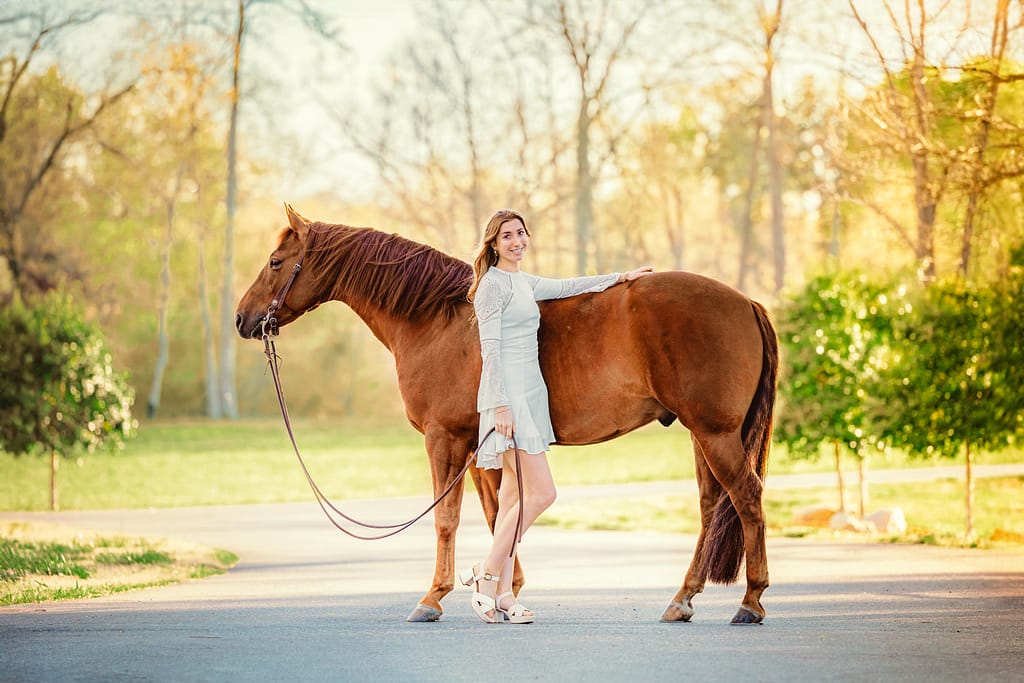
Most of us are familiar with the wide range of wood species available, particularly in North America which has a distinct natural resource advantage for timber products relative to other parts of the world. There are softwoods like Pine, Cedar, Redwood, Spruce, and Douglas Fir. About 80% of timber is softwoods. In addition to being more readily available, softwoods tend to be less expensive than hardwoods such as Alder, Beech, Hickory, Mahogany, Maple, Oak, Teak, and Walnut. Hardwoods have higher density than softwoods and tend to be used for things like high-quality furniture, decks, flooring and construction where durability is important. In today’s post, we’ll look at a number of examples of different wood species that we use to make retail wooden shelving units.
Because of its availability and cost-effectiveness Pine is among the most common wood species used in making retail POP displays. Pine can be stained or painted any color to create different looks. We used walnut-stained pine to make the main structure and slats of the Wild Turkey kiosk shown below. We used pre-finished birch plywood for the illuminated back panels.

Another example of combining Pine for the frame and pre-finished Birch plywood is the Fat Brain Toys display shown below. We painted the Pine frame bright colors and direct printed the graphics on the smooth surface of the pre-finished Birch panels.

Similarly, we used pre-finished Birch plywood with direct-printed panels for the main structure and a painted Pine-framed base on the Sendero display.

Sometimes we will use all Pine to make a display like the Nongshim cart shown below. We often just seal and clear coat the pine to give it a natural wood look.

However, we will also use Pine and add a dark stain in an effort to create more of a premium look as we did with the Vessel vape pen display shown below.

Brands looking for sustainable materials for their fixtures might want to consider using Beetle Kill Pine which is made from Pine trees that have been devastated by the Mountain Pine Beetle and would otherwise be destined for landfills. It often features an interesting blue stained pattern that is left behind by the beetles. We made the Guyaki Yeba Mate Tea display out of Beetle Kill Pine and then added a dark stain. We used panels made of post-harvest rice straw waste for the back panel and shelf bottoms along with recycled acrylic for the signs.
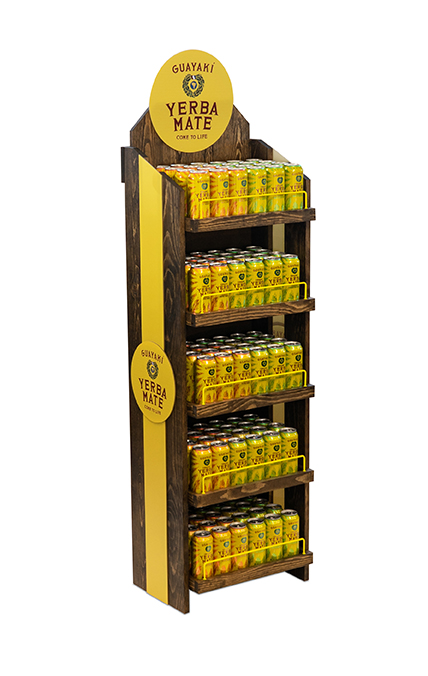
Another softwood example is cedar. We made the Bloom Farms counter display shown below out of solid cedar which we finished with an eco-friendly stained finish. It created a nice rustic look.
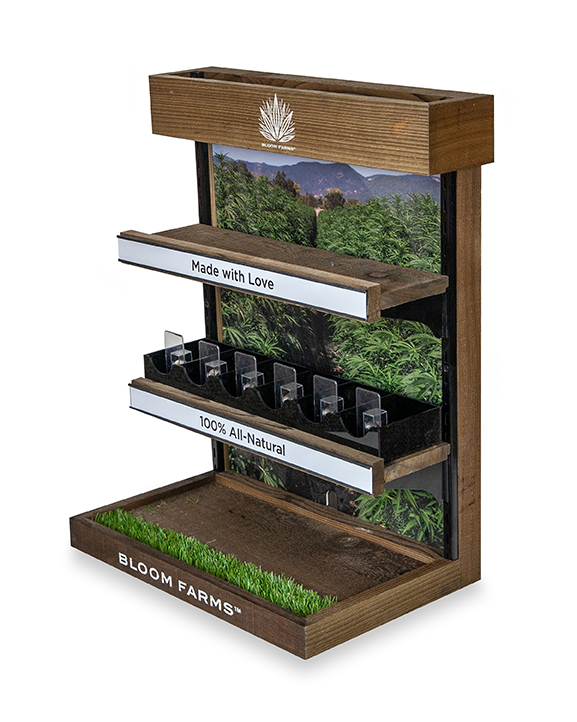
While technically considered a woody grass rather than a timber product, bamboo is also an excellent material for making POP displays. Bamboo is the fastest growing plant on earth and is therefore highly renewable and eco-friendly. We made the In the Flow counter display shown below from carbonized flat grain Bamboo which we clear coated and added laser-engraved graphics.

While far less available, Bamboo also comes in chocolate. We used chocolate Bamboo to create a rich look for the main structure of the Woodinville Whiskey kiosk shown below. To create some contrast, we used Pine wood which we torched and clear coated.
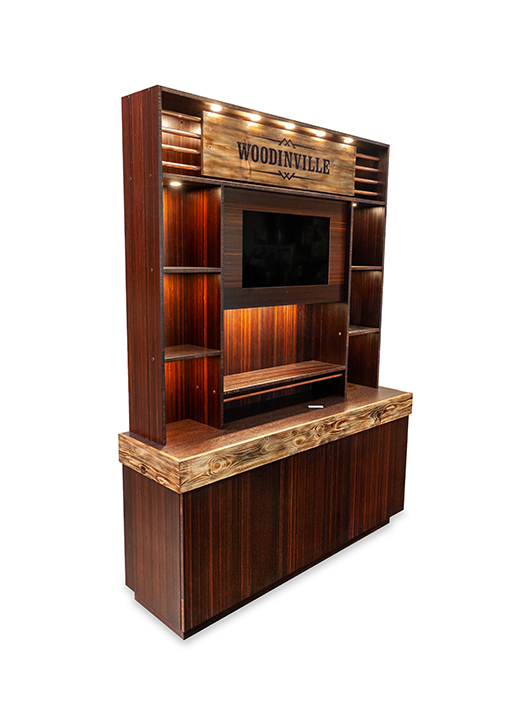
Cherry is far less commonly used in the POP display industry, but it can be used to create a high-end look as shown in the Callaway logo block display below.

Hardwoods like Mahogany are also scarcely used because it is a more expensive species of wood. However, when your objective is to create a high-end look and instant perceived value for your product, it can be a good choice. We used Mahogany to create the VIX Swimwear fixture below. We clear coated the wood, laser engraved the graphics, and added gold filling on the logo.

In contrast to Mahogany, Poplar is a very cost-effective wood species. Like Pine, it can be clear coated to create a very natural wood look. We used Poplar for the uprights on the InSPAration floor display below and made the shelves with pre-finished Birch plywood.

Among hardwoods, White Oak is one of the more requested materials. It is highly durable and can be used to create furniture-quality fixtures like the simple cabinet we made below.
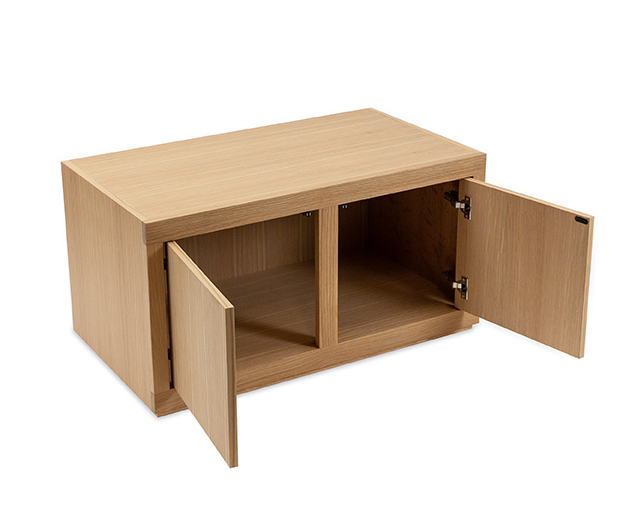
We’ll wrap up with MDF which stands for Medium Density Fiberboard, a popular engineered wood composite material made from compressed sawdust with an added adhesive. While sometimes MDF is used in its raw form, it is most commonly used with a melamine or laminate finish. We used an ash grey laminate on the H&M check stand we made below and a black melamine on the Commando floor display. Because of the wide variety of laminate and melamine finishes available, MDF can be used to create many different looks.
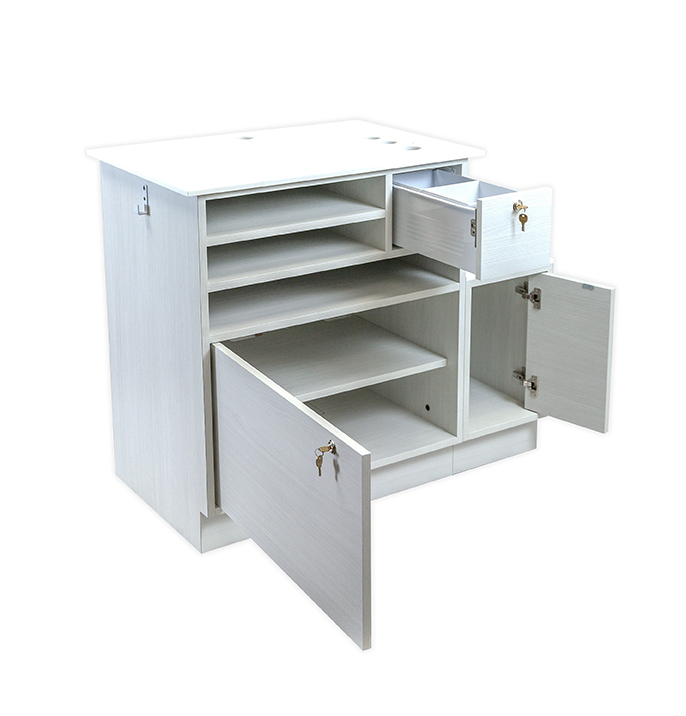

If you are thinking about using wood for your next retail store fixture, make sure you consider the wide range of options and species available and the associate implications related to economics, durability, functionality, and visual impact.



